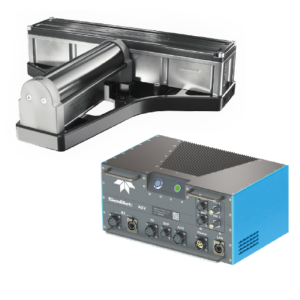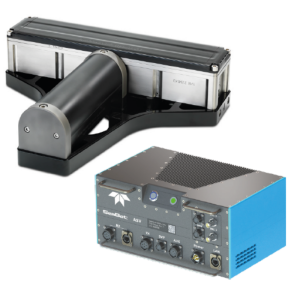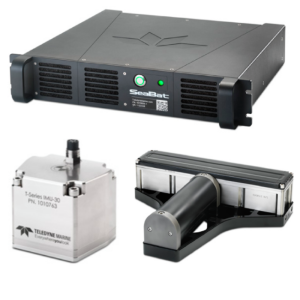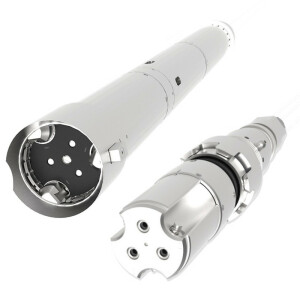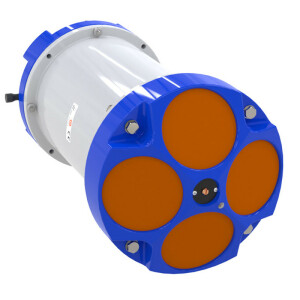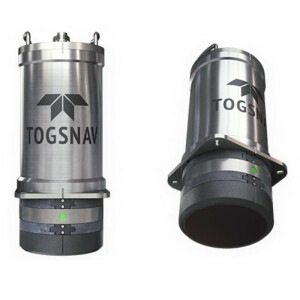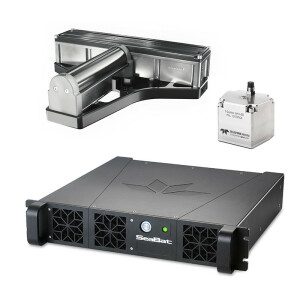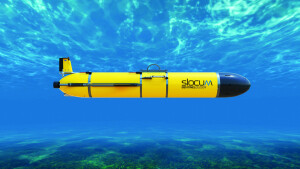
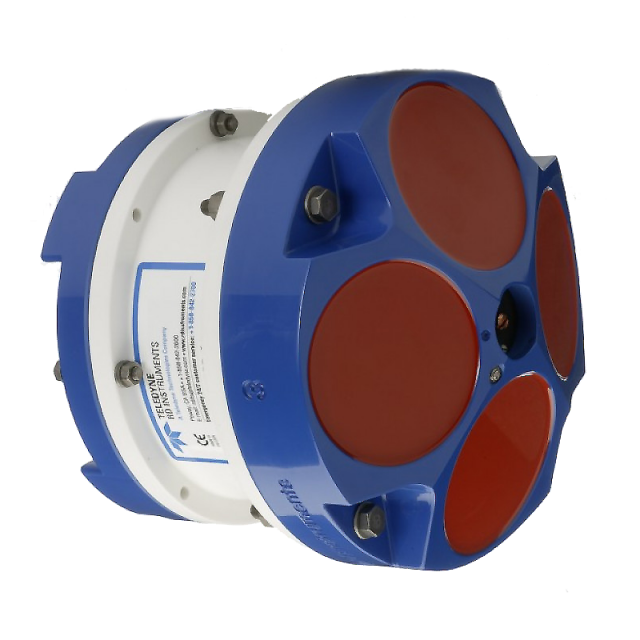
Workhorse Monitor
Direct Reading 1200, 600, 300 kHz ADCP
The MONITOR is Teledyne RD Instruments’ most popular direct-reading Acoustic Doppler Current Profiler (ADCP). The unit is typically bottom frame-mounted and hard-wired to shore to provide real-time monitoring of coastal currents

Description
The MONITOR is Teledyne RD Instruments’ most popular direct-reading Acoustic Doppler Current Profiler (ADCP). The unit is typically bottom frame-mounted and hard-wired to shore to provide real-time monitoring of coastal currents. The Monitor’s high data accuracy and reliability make it a favorite for deployments in high-volume traffic areas such as ports and harbors, where the data is often integrated into a Vessel Traffic Monitoring System. In fact, the Monitor has been selected for most major port programs undertaken in the United States. The Monitor offers a choice of three frequencies and ranges, to meet a wide array of data requirements. The unit also offers a flexible upgrade path, which includes an external battery pack, pressure sensor, bottom tracking capability for moving boat applications, and directional wave measurement.
Product Features:
• Extreme accuracy and reliability: The Monitor is ideally suited for the most demanding environments, including high traffic areas such as ports and harbors.
• Versatility: This direct reading unit can easily be upgraded to tackle a wide variety of coastal applications. Typical upgrades include pressure sensor, external battery pack, bottom tracking, and directional wave measurement—a single instrument can do it all!
• Precision data: Teledyne RDI’s Broadband signal processing delivers very low-noise data, resulting in unparalleled data resolution and minimal power consumption.
• A four-beam solution: Teledyne RDI’s 4-beam design improves data reliability by providing a redundant data source in the case of a blocked or damaged beam; improves data quality by delivering an independent measure known as error velocity; and improves data accuracy by reducing variance in your data.
Do you have questions about this product?
- Questions about price, availability, and/or retailers
- Questions about technical specifications and usage
- Questions about suitability for your project or application
Specifications
-
General
-
Length [m]
0.21
Width [m]
0.23
Weight in air [kg]
7
Weight in water [kg]
3
Min. operating power [V]
50
Max. operating power [V]
50
Max. operating depth [m]
6000
-
Other specifications
-
Min. external power [Voltage]
20
Max. external power [Voltage]
50
-
Deployment method
-
Moving vessel
Y
Bottom mount
Y
Inline string mooring
Y
Data Buoy
Y
Marine structures
Y
-
Doppler Current Profiler
-
Max. typical profiling range [m]
110
Max. Number of cells per beam
128
Max. ping rate [Hz]
2
Min. cell size [m]
0.25
Max. cell size [m]
8
-
Standard Sensors
-
Temperature: min [°C]
-5
Temperature: max. [°C]
45
-
Application
-
Typical applications
Physical & Biological Oceanography; Coastal Engine
